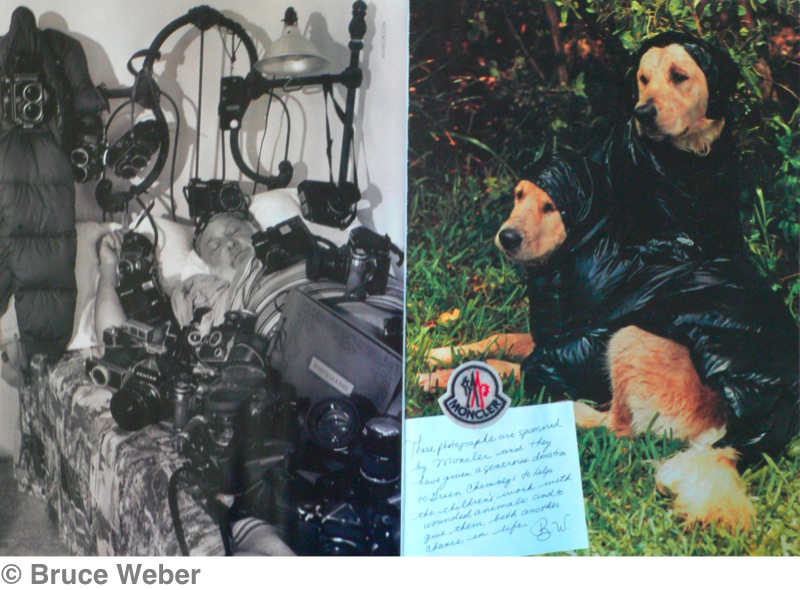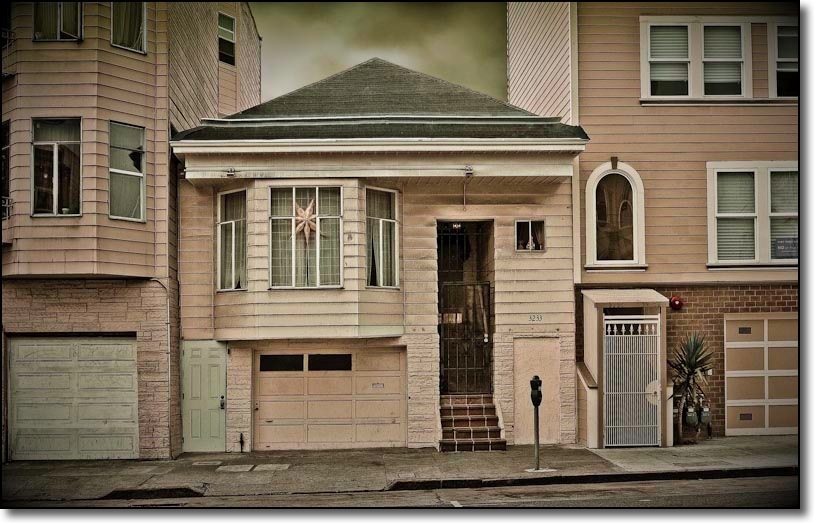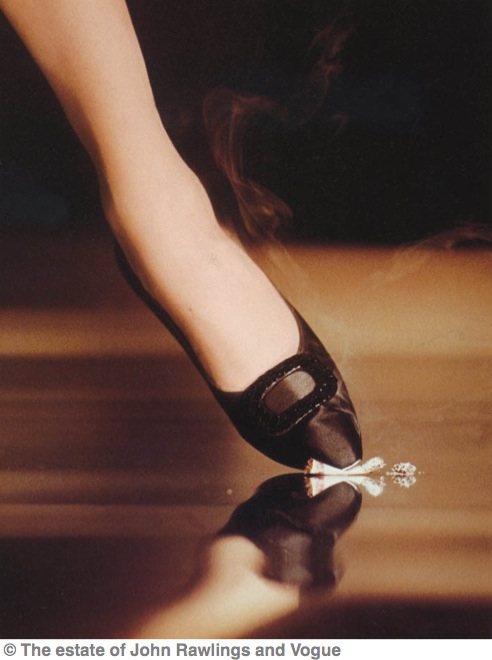A nineteenth century Scottish photographer.
“The monkeys persisted in shaking the branches of the trees every time they saw me emerge from my tent to expose the plate, and during the exposure …. kept chuckling and dancing about the branches like black fiends”.
“A Coolie, of artistic taste and oily fingers, had opened a plate box during my absence to examine its points. The firm hold he had taken of the plates left two indelible greasy thumb-prints on each, which came out (on account of the presence of animal matter) with great intensity when the pictures were developed with pyrogallic acid,”
Next time you are in some remote corner of the world with your four SDHC postage stamp-sized cards capable of retaining tens of thousands of pristine images in glorious color, ready to be sent by internet to any place on earth in seconds, think of the privations experienced by this master photographer as he spent ten years wending his way through the far east on a pioneering trip to record its land and peoples.
John Thomson (1837 – 1921) was born in Edinburgh and found his life’s calling in his pioneering work in the orient. His equipment required a donkey cart and two full time assistants to move and dictated that the large glass plate which passed for film be coated with the light sensitive emulsion in darkness. It didn’t stop there. While the wet collodion process he used was a huge improvement on the Daguerrotypes which preceded it, the plate had to be expose while still wet for the image to be recorded. The amazing thing is that many of Thomson’s pictures have an almost photojournalistic quality as he ventured into the streets to capture these early snapshots on his cumbersome gear.
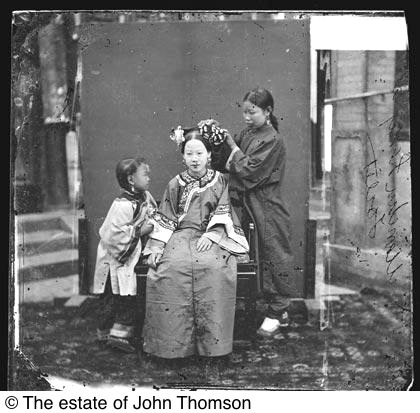
Getting ready for a ‘shoot’ – Manchu c. 1868
I became acquainted with his work through Stephen White’s monograph on Thomson (Thames & Hudson, 1985, now out of print) and if pioneer photographers interest you it is very much worth your while tracking down a copy.
Later in 1876-77 he followed up on his work in China and Vietnam to open the eyes of the monied Victorians to the poverty and depravity their industrial revolution had wrought, by documenting the poor and destitute in London. These images have an exceptional immediacy and always reflect Thomson’s studied and balanced compositional sense.
Take this picture titled ‘The Crawlers’ – the story behind it is simply heartbreaking, as related by the author:
The Crawlers have not the strength to struggle for bread, and prefer starvation to the activity which an ordinary mendicant must display. ‘Crawlers’ were women too proud to beg. Weakened by hunger and lack of sound sleep they literally crawled on hands and knees to fetch hot water to make the weak tea that was their chief nourishment. The crawler photographed with a small child was keeping it for its mother who had found a job in a coffee shop. The mother returns from her work at four in the afternoon, but resumes her occupation at the coffee shop from eight to ten in the evening, when the infant is once more handed over to the crawler, and kept out in the streets through all weathers with no extra protection against the rain and sleet than the dirty and worn shawl which covers the woman’s shoulders; but as she explained, ‘it pushes its little head under my chin when it is very cold, and cuddles up to me, so that it keeps me warm as well as itself’.
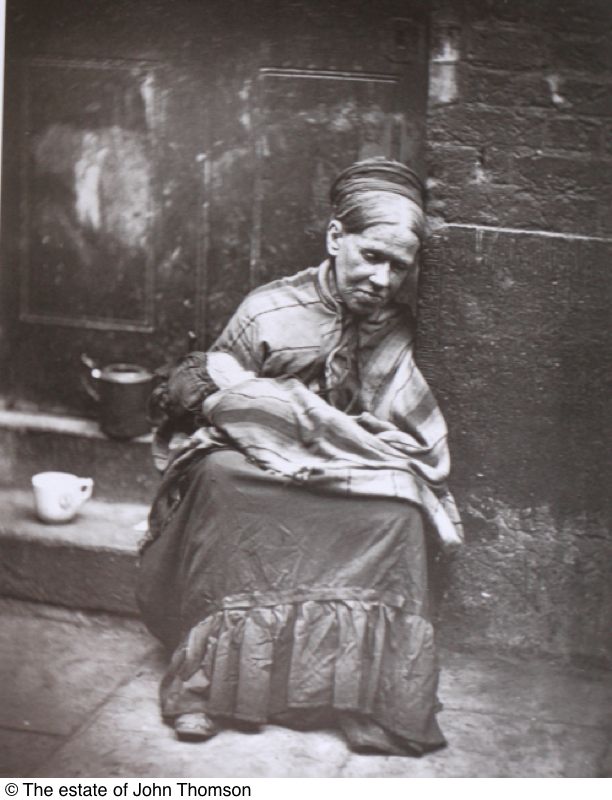
The Crawlers, London, 1876
Thomsons social conscience work is contemporaneous with that of the more famous Jacob Riis who documented poverty in New York, and no less powerful. Both did more to grow awareness of the awful poverty in our affluent societies than any amount of vacuous talk from elected leaders.
His candid work was no less impressive, as witnessed in this snap of two sailors on a barge on the Thames – The Silent Highway of Victorian England.
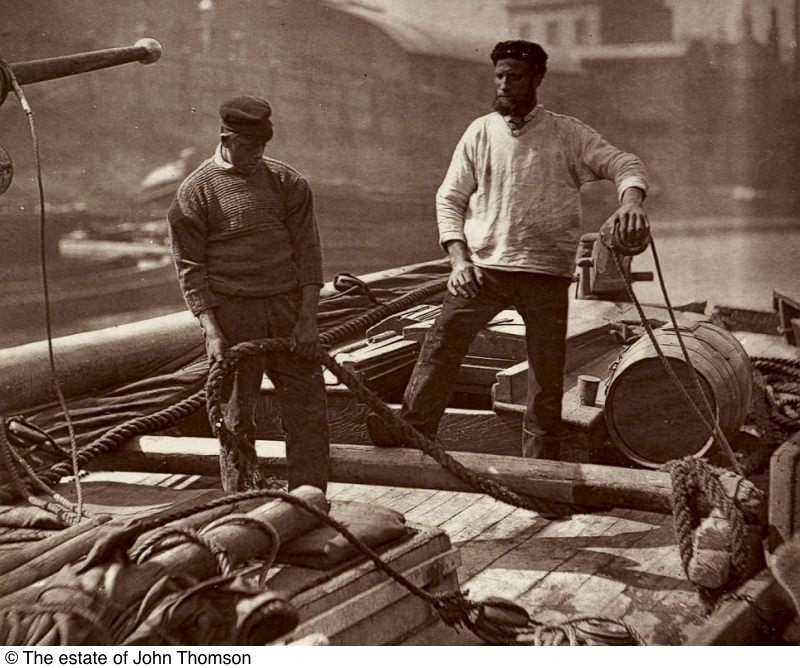
On the Silent Highway, 1876.
For whatever reason, Thomson’s work never became as famous as that of other pioneering photographers, yet few can claim to have done so much so well with so little. Highly recommended.

